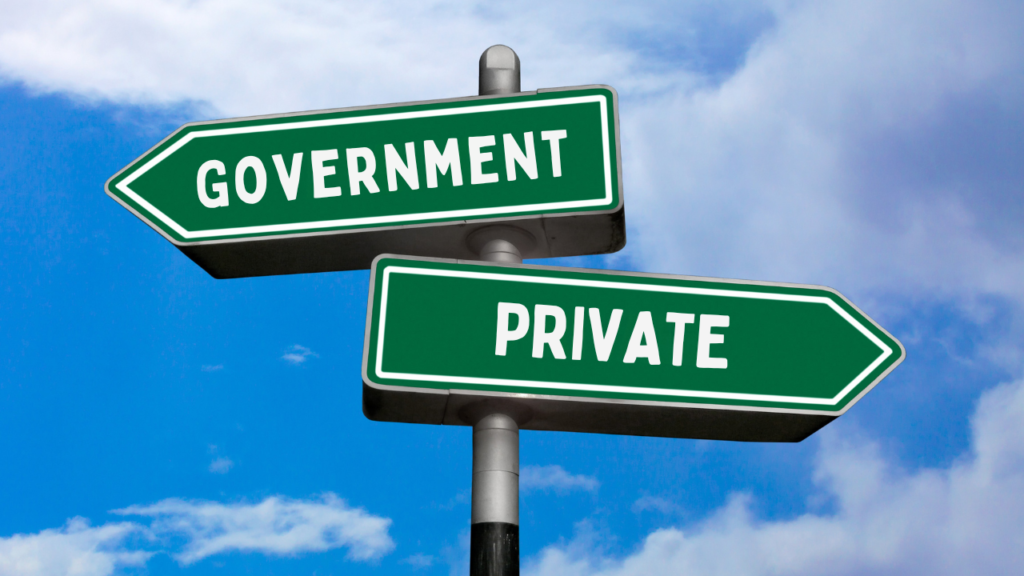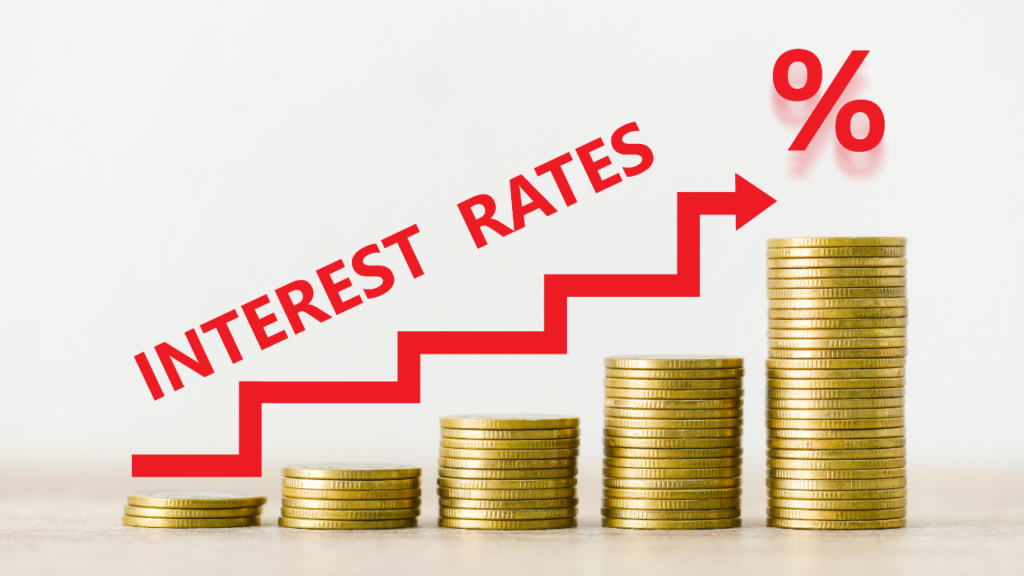Government vs. Private Loans for Schools: Which One is Better?
Securing funding is essential for schools looking to expand, improve infrastructure, or enhance educational programs. When it comes to financing, schools often have two primary options: government loans and private loans. Both come with their own advantages and drawbacks. Understanding the differences between these loan types can help school administrators make informed decisions.
Government Loans for Schools
Government-backed loans are designed to support educational institutions with lower interest rates and favorable terms. Here’s what makes them beneficial:
Pros of Government Loans
- Lower Interest Rates – Government loans typically offer lower interest rates compared to private lenders, reducing long-term borrowing costs.
- Flexible Repayment Terms – Many government programs provide flexible repayment schedules with options for deferral or forgiveness under certain conditions.
- Grants & Subsidies – Some government loans come with subsidies or grants that reduce the financial burden on schools.
- Longer Repayment Periods – Schools often have more time to repay, easing financial pressure.
Cons of Government Loans
- Strict Eligibility Requirements – Schools must meet specific qualifications, which can make approval challenging.
- Lengthy Approval Process – Government loans can take longer to process due to extensive documentation and verification steps.
- Limited Loan Amounts – Funding caps may restrict schools from securing the full amount they need for large projects.
Private Loans for Schools
Private financial institutions, including banks and AI-driven lenders, offer school loans with varied terms and faster access to funding.
Pros of Private Loans
- Faster Approval & Disbursement – Private lenders process applications more quickly, making funds available when needed.
- Higher Loan Limits – Schools can often secure larger loan amounts compared to government loans.
- Customized Loan Terms – AI-powered private lenders offer personalized interest rates and repayment plans based on a school’s financial profile.
- Fewer Restrictions on Usage – Private loans provide more flexibility in how schools utilize the funds.
Cons of Private Loans
- Higher Interest Rates – Private lenders may charge higher interest rates compared to government loans, increasing overall repayment costs.
- Stricter Repayment Terms – Unlike government loans, private loans may have less lenient deferment or forgiveness options.
- Potential for Hidden Fees – Some private lenders may include additional charges that increase borrowing costs.
Which Loan Option is Better for Your School?
The choice between government and private loans depends on the school’s specific needs and financial situation:
- Choose a Government Loan if you prioritize lower interest rates, flexible repayment terms, and eligibility for subsidies.
- Choose a Private Loan if you need quick access to funds, a larger loan amount, or a customized loan structure.
Conclusion
Both government and private loans offer valuable funding options for schools. Government loans provide affordability and stability, while private loans offer speed and flexibility. Schools should carefully evaluate their needs, eligibility, and repayment ability before making a decision. If you need expert guidance, consider exploring AI-powered lending solutions that can match your school with the best financing options available




